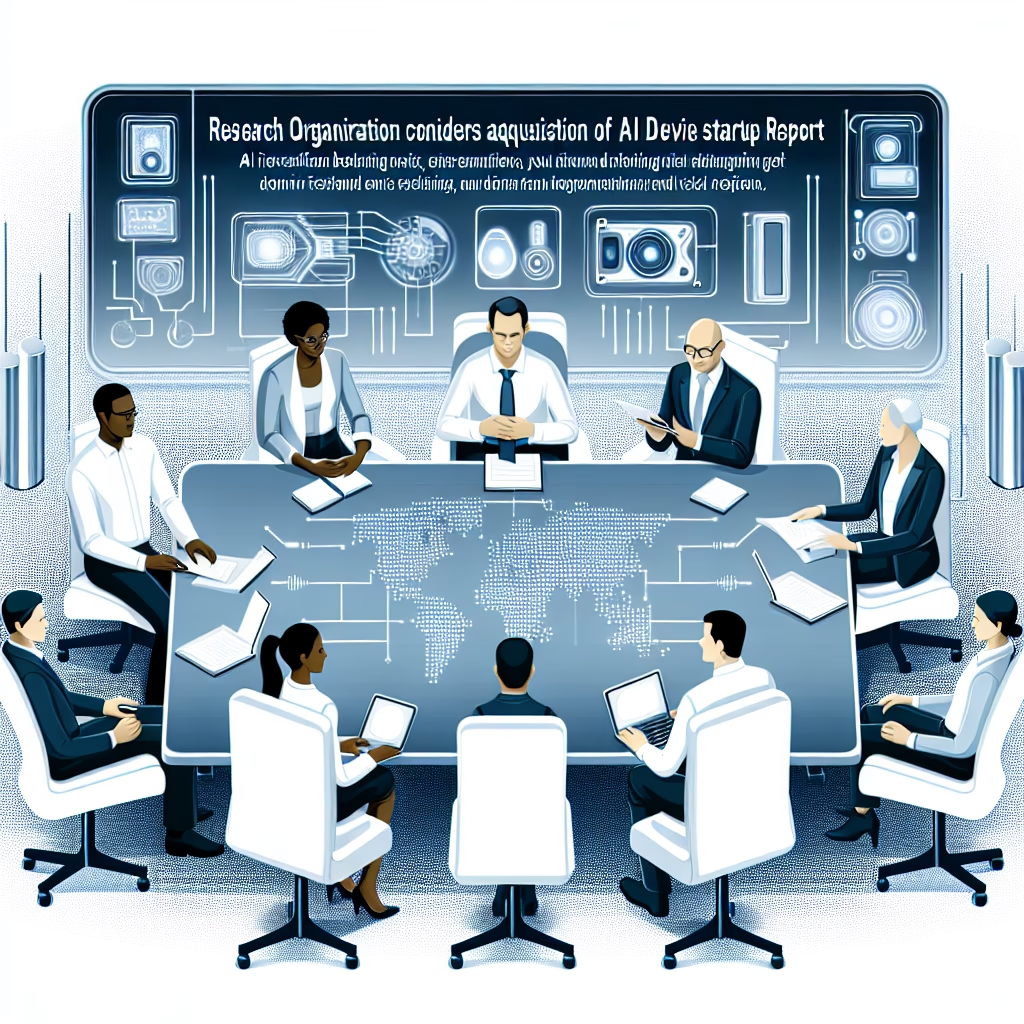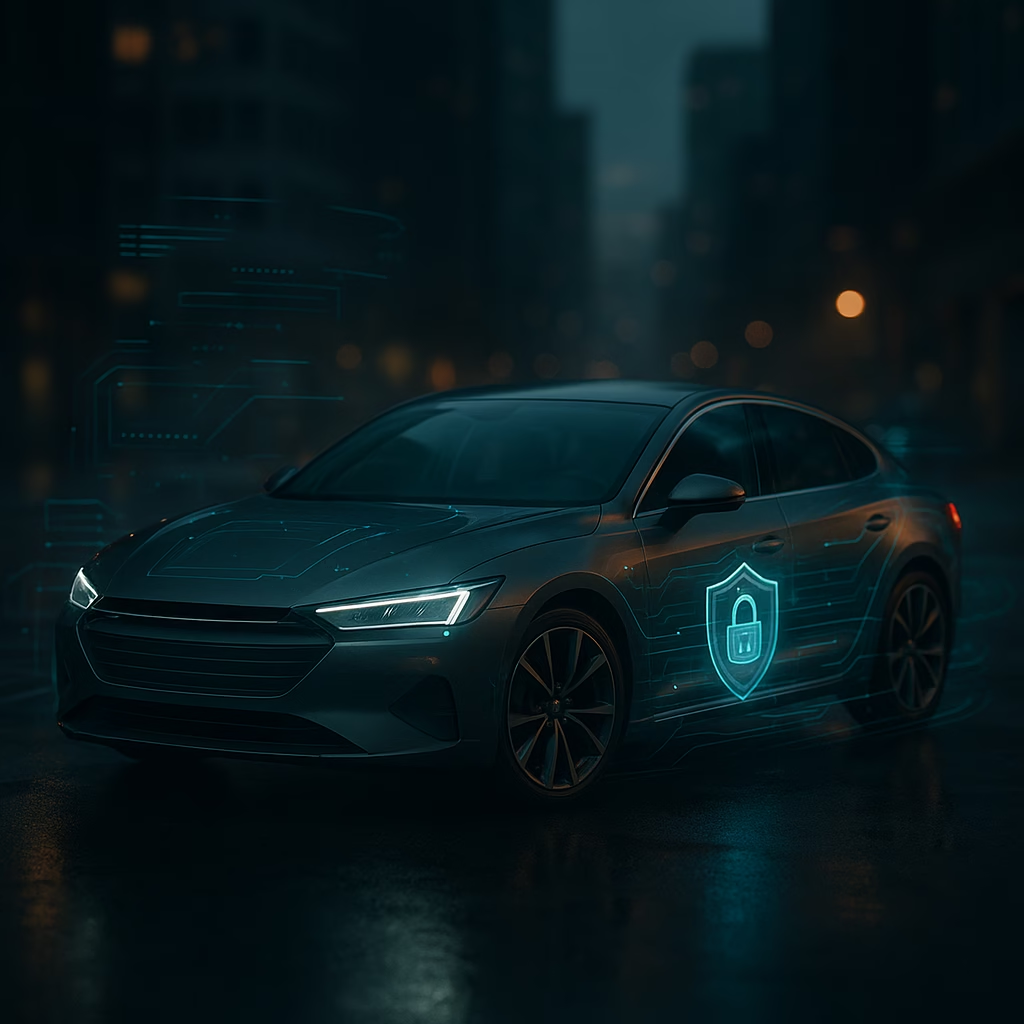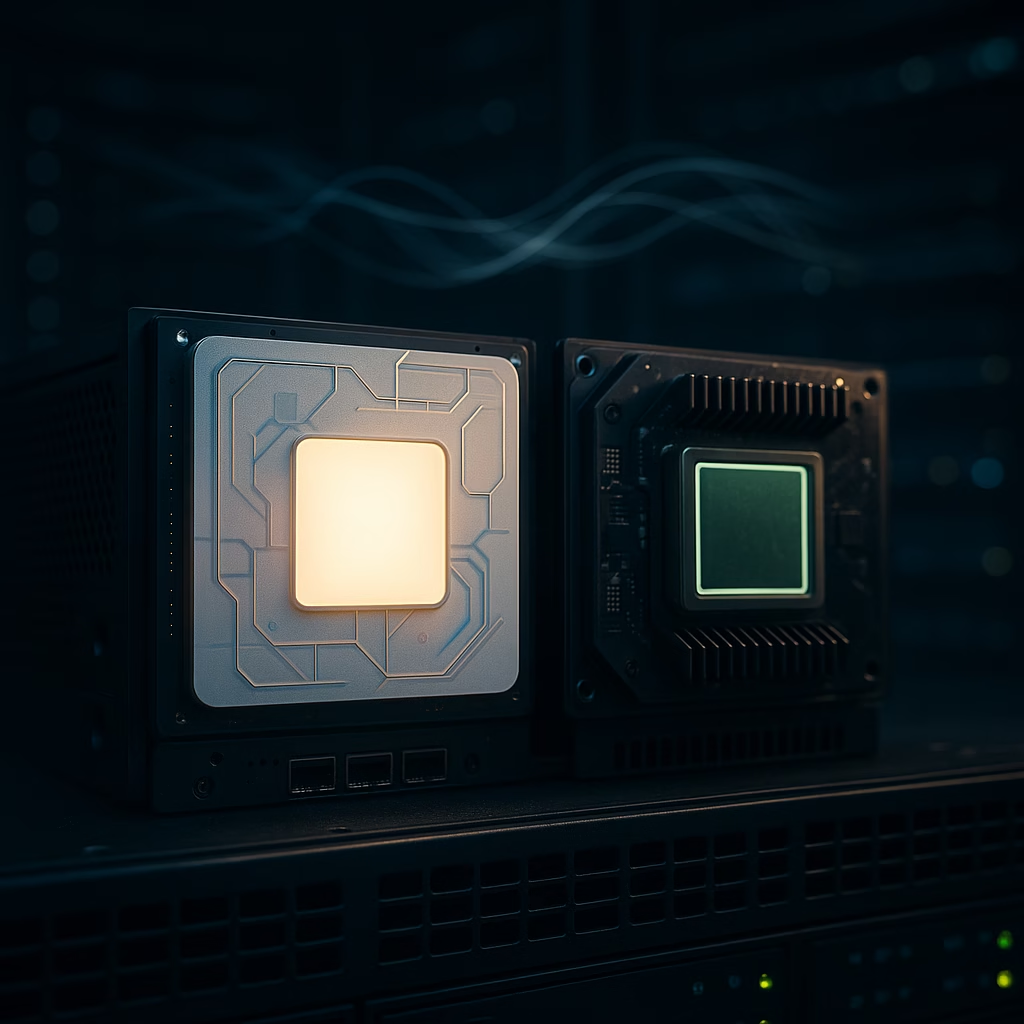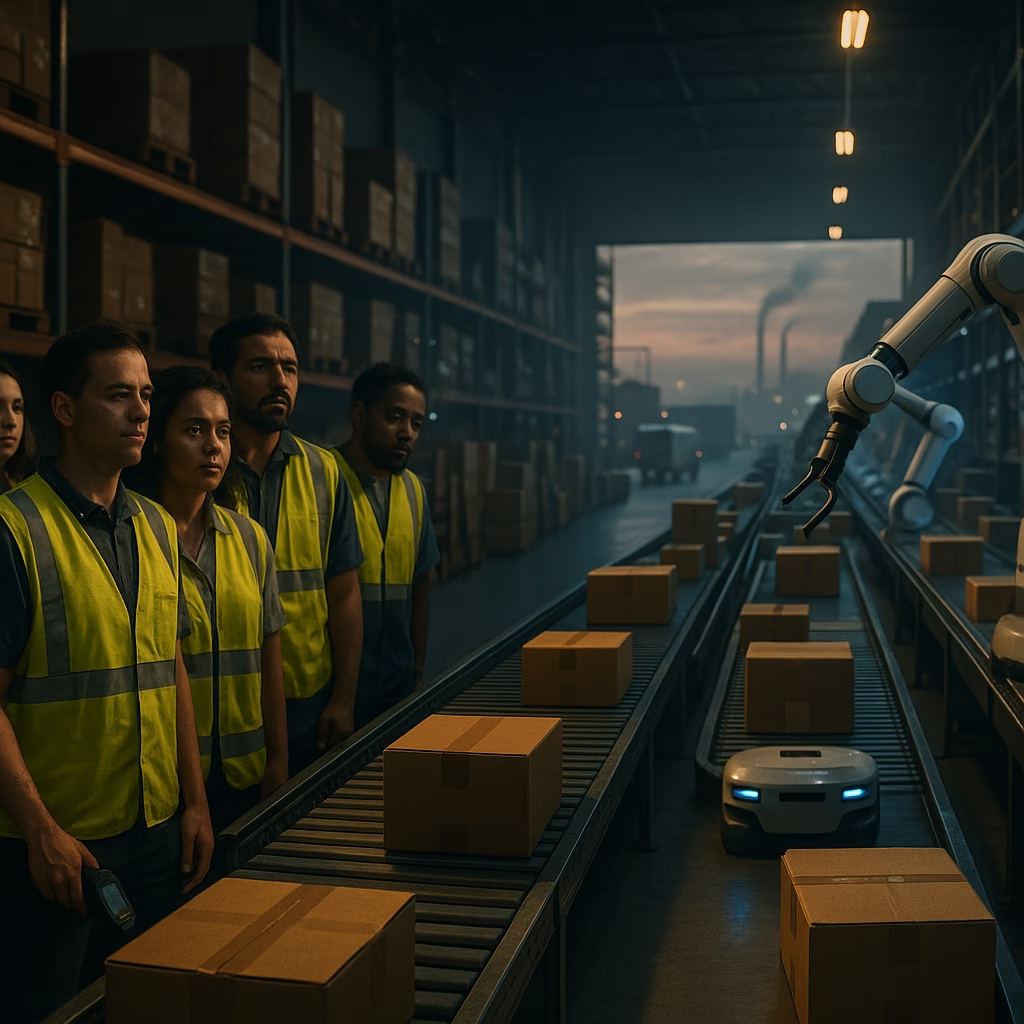OpenAI Considers Acquisition of AI Device Startup: What It Means for the Future of Artificial Intelligence
In what could be a strategic leap forward, OpenAI is reportedly exploring the acquisition of a secretive AI device startup, signaling a game-changing move in the artificial intelligence and consumer hardware landscape. This potential acquisition could represent OpenAI’s most aggressive step yet toward embedding AI into consumers’ everyday lives through physical devices—a profound shift from its roots as a software-focused research lab.
Why Is OpenAI Exploring the Consumer Hardware Space?
Founded in 2015, OpenAI has become synonymous with cutting-edge AI solutions, particularly after launching ChatGPT, the advanced language model that took the world by storm. But the possible venture into consumer-focused hardware marks a dramatic pivot in strategy and could provide the company with fresh avenues for monetization, user engagement, and innovation.
Looking Beyond Software
OpenAI’s foray into hardware seems to be part of a larger trend where AI companies are attempting to integrate artificial intelligence directly into people’s daily routines. The impetus behind this could be:
- Expanding market presence: As competitors like Apple, Amazon, and Google invest heavily in AI-driven consumer devices, OpenAI may be exploring this route to ensure relevancy in the broader ecosystem.
- User experience control: Building proprietary hardware could help OpenAI optimize its models for performance, latency, and user satisfaction—something difficult to control on third-party devices.
- Diversified revenue: Selling devices could offer new revenue streams, especially if OpenAI eventually faces monetization challenges with its existing software models.
By pairing its conversational AI with purpose-built hardware, OpenAI may be positioning itself not just as a software supplier but as a vertically integrated tech powerhouse.
Who Is the Startup in Question?
The startup reportedly under consideration is being developed by ex-Apple designer Jony Ive, in collaboration with venture capitalist Sam Altman, OpenAI’s CEO. While very few details about the project’s scope have been confirmed publicly, reports suggest the team is working on a new kind of AI-powered device aimed at revolutionizing how we interact with technology.
The Jony Ive Connection
Ive is best known for his time at Apple, where he was instrumental in designing the iPhone, iPad, and other iconic devices. His involvement suggests a strong emphasis on usability, aesthetics, and seamless hardware-software integration. Add to that OpenAI’s world-renowned expertise in artificial intelligence, and the possibilities are compelling:
- Voice-activated AI assistants embedded into smart devices or wearables
- Augmented reality (AR) or mixed reality tools powered by AI for real-time interactions
- Privacy-optimized AI devices that run local instances of LLMs
The union of high-design consumer hardware with AI intelligence could bring about the next generation of smart devices, much like what the iPhone did for smartphones.
Strategic Implications for OpenAI
Should OpenAI complete the acquisition, it would mark a significant moment not just for the company but for the future of AI integration in consumer lifestyles.
Competition Heats Up
This move could set OpenAI on a direct collision course with Big Tech firms that have long dominated the consumer electronics arena. Giants like Google (with Pixel and Google Assistant), Amazon (with Alexa and Echo), Meta (with Quest and Ray-Ban AR glasses), and Apple (with Siri and Vision Pro) have already laid foundational blocks for AI + hardware combinations.
For OpenAI, which doesn’t have the same scale or infrastructure for mass production and distribution, this could be both a costly and rewarding venture. But if successful, it could tap into new user segments that would otherwise be unreachable via browser-only access to ChatGPT or API-based integrations.
Challenges Ahead
Despite the exciting potential, OpenAI’s reported move comes with challenges that should not be underestimated:
- Manufacturing complexity: Developing hardware requires capital investment, partnerships with suppliers and manufacturers, and logistics that can choke even seasoned tech firms.
- Retail strategy: OpenAI must consider how to distribute its devices. Will it sell direct-to-consumer like Tesla, or rely on traditional retail channels?
- User privacy: As consumers grow increasingly wary about data collection, OpenAI must ensure that their devices protect user privacy and data integrity—especially as a company whose products rely on vast data input.
- Market education: Even if the tech is groundbreaking, if users don’t understand or recognize the value right away, adoption could be slow.
Regardless, OpenAI has consistently demonstrated it can navigate emerging frontiers, and a well-executed entry into hardware could further solidify its position as a leader in AI innovation.
What This Means for the AI Industry
This move, if it materializes, could have broader implications for the AI market as a whole:
- Increased investment in AI companions: Expect a rise in startups that blend AI with consumer electronics.
- Push for specialized processors: Hardware designed specifically for running large language models efficiently could become mainstream, reducing reliance on cloud-based inference.
- Closer human-AI interaction: Devices built from the ground up for AI interactions could foster new human-machine interaction paradigms that feel more natural and intuitive.
Final Thoughts: A Calculated Leap Forward
While still unconfirmed, the potential acquisition by OpenAI represents a bold move to shape the future of personal computing. It underscores the blurred boundaries between software and hardware, especially in a world increasingly defined by artificial intelligence.
From smart assistants and augmented reality to AI-native wearables, the conversion of abstract models into tangible products could recalibrate how society interacts with technology. The domino effect of such a move—if successful—could encourage other AI developers to rethink their role in the consumer tech value chain.
As of now, all eyes remain on OpenAI and its visionary leadership. If they can bring their technological prowess and visionary ambition into the hardware space, we may be on the brink of a revolutionary shift in digital living.
Stay Updated
Bookmark this blog and follow us for more updates as this developing story unfolds. Whether it’s ChatGPT, AGI, or AI devices of the future—OpenAI is clearly redefining what’s possible.
Want more tech insights and in-depth analyses like this? Subscribe to our newsletter and never miss a story!
< lang="en">







Leave a Reply